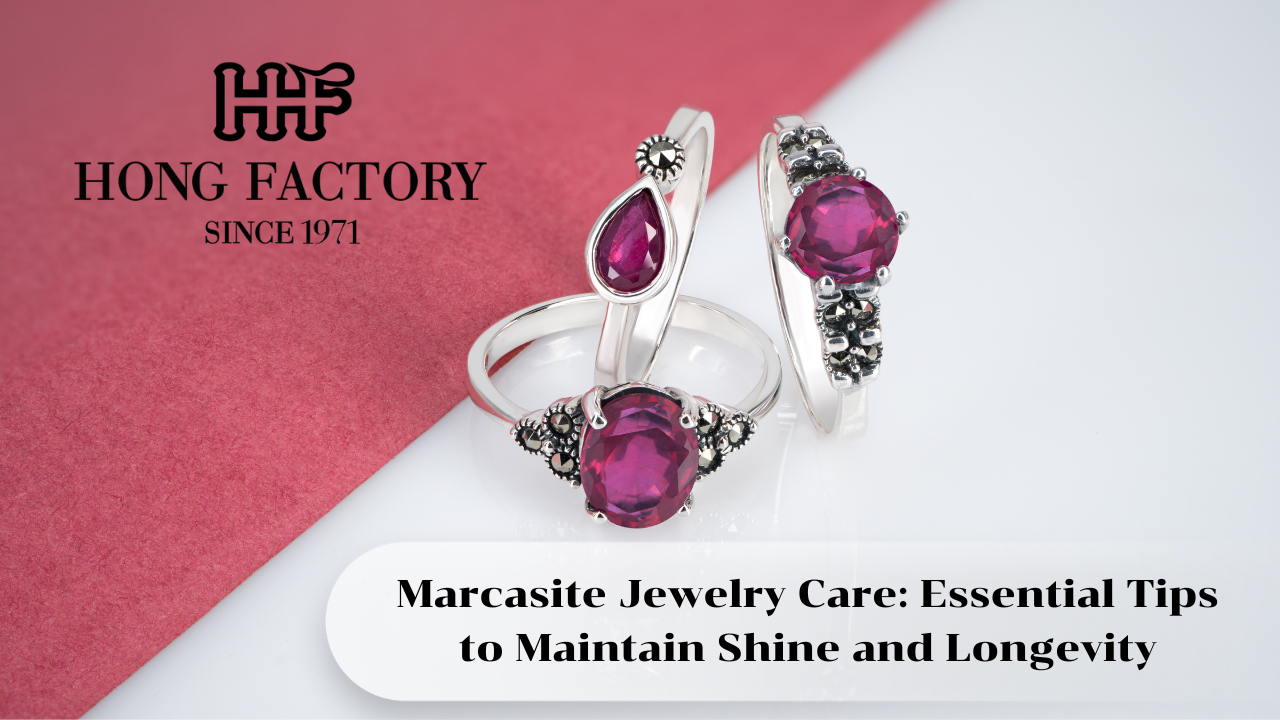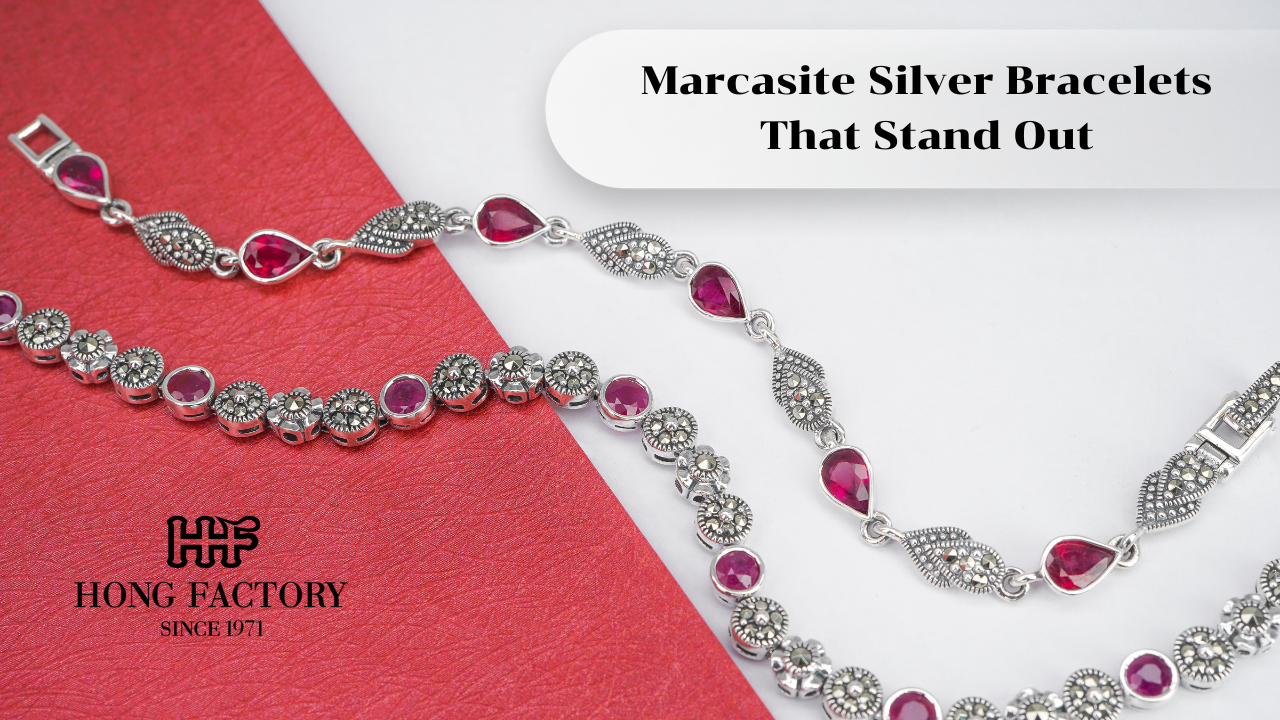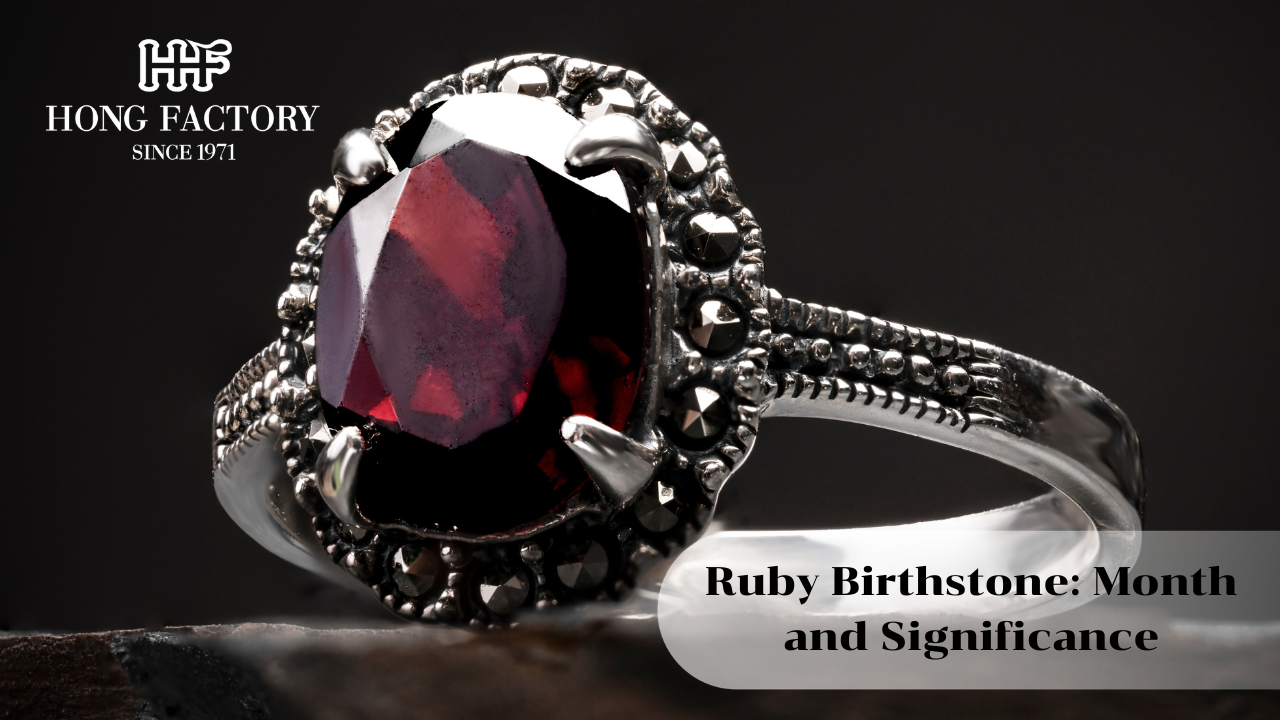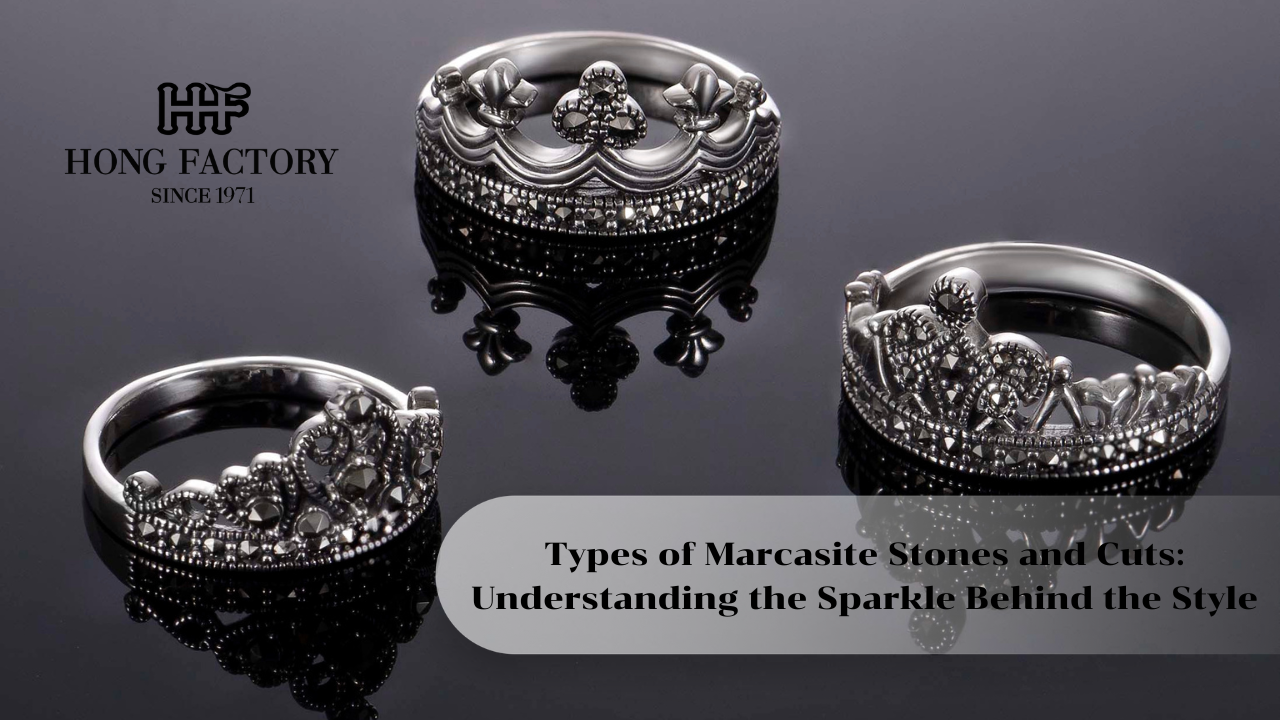Emeralds have long been regarded as one of the most precious and powerful gemstones in the world. Revered by ancient civilizations, loved by royalty, and sought after for both their beauty and symbolic significance, emeralds are much more than their stunning green color. Known as the “stone of prosperity,” emeralds are associated with abundance, growth, wisdom, and emotional healing.
This comprehensive guide will explore the origins, characteristics, metaphysical properties, and modern uses of emeralds—offering insight into why they continue to captivate gemstone lovers, collectors, and spiritual practitioners alike.
Emerald Gemstone: A Closer Look at the Stone of Prosperity
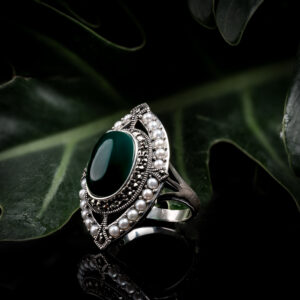
What Is an Emerald?
An emerald is a variety of the mineral beryl, colored green by trace amounts of chromium and sometimes vanadium. It belongs to the same family as aquamarine and morganite, but its intense green hue sets it apart. Emeralds are typically found in hexagonal crystal formations and are often included, which is considered part of their natural charm.
The color of an emerald is its most defining feature. True emerald green is rich, deep, and vibrant. Slight variations in tone and saturation can greatly affect value, and the presence of blue or yellow undertones may influence a buyer’s preference. While perfect emeralds are rare, their unique character—including inclusions—is celebrated by gem lovers around the world.
Origin and Sources

Emeralds have been mined for thousands of years, with some of the earliest known sources coming from Egypt and India. Today, the most prominent sources include:
- Colombia – The most famous and historically significant source, known for deep green, highly transparent stones with few bluish undertones.
- Brazil – Produces a variety of green tones, often lighter and more yellowish than Colombian emeralds. Brazilian stones are typically more abundant.
- Zambia – Known for bluish-green stones with fewer inclusions and excellent transparency.
- Afghanistan, Ethiopia, and Pakistan – Emerging sources offering high-quality gems with unique properties.
Each location produces emeralds with unique characteristics, often impacting value and preference in the global gemstone market. Colombian emeralds, for instance, command a premium due to their exceptional clarity and color.
Physical and Optical Properties
- Hardness: Emeralds rate between 7.5 and 8 on the Mohs scale. While relatively hard, their brittleness due to internal inclusions makes them more delicate than diamonds or sapphires.
- Color: Emeralds range from light green to deep, velvety forest green. The most valuable stones are rich in color and evenly saturated.
- Clarity: Inclusions, often referred to as “jardin” (French for garden), are typical and not necessarily a flaw. These internal features are often viewed as part of the gem’s story and character.
- Luster: When properly cut and polished, emeralds display a vitreous (glassy) luster.
- Transparency: Ranges from transparent to opaque. The most prized emeralds are transparent with a rich green hue.
Symbolism and Spiritual Meaning
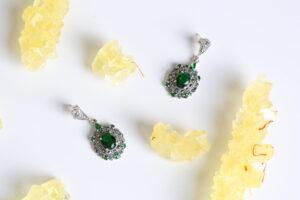
Emeralds have inspired legends and mystical beliefs across cultures. Throughout history, they’ve been considered:
- Symbols of abundance and prosperity: Believed to attract wealth, financial growth, and material success.
- Stones of love and loyalty: Emeralds are associated with enduring affection and commitment, often given as anniversary gifts.
- Gems of insight and intuition: Ancient texts describe emeralds as stones that reveal truth and foresight.
- Healers of the heart: Linked to the heart chakra, emeralds are used to restore emotional balance and open the heart to compassion.
- Tokens of renewal and rebirth: Like the vibrant green of spring, emeralds symbolize vitality and new beginnings.
These meanings continue to influence how emeralds are worn and used, particularly in healing, meditation, and self-care practices.
Healing Properties and Chakra Connection
In holistic and metaphysical practices, emeralds are prized for their energetic properties. They are believed to offer a wide range of healing benefits:
Physical Healing
- May support eye health and improve vision (based on ancient lore)
- Thought to aid the immune system and promote detoxification
- Sometimes used to ease ailments of the heart and spine
Emotional and Mental Healing
- Helps reduce anxiety, fear, and emotional trauma
- Encourages forgiveness, empathy, and unconditional love
- Boosts confidence and promotes mental clarity
Spiritual Benefits
- Opens and balances the heart chakra (Anahata)
- Supports spiritual growth and alignment with divine love
- Assists in manifesting intentions and personal goals
Emeralds are frequently used in crystal grids, chakra alignments, and meditative spaces. Some practitioners wear emerald pendants close to the heart to enhance its spiritual resonance.
Historical and Cultural Significance
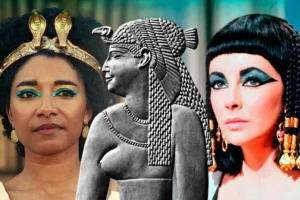
Emeralds have played a significant role in many civilizations:
- Ancient Egypt: Cleopatra was famously enamored with emeralds. Egyptian mines in the Red Sea region were among the earliest sources. Emeralds symbolized fertility, rebirth, and eternal youth.
- Inca and Aztec Cultures: Regarded emeralds as sacred stones. They were used in religious rituals and buried with royalty.
- India: Emeralds were featured in Mughal jewelry, worn by emperors, and believed to bring good fortune. In Vedic astrology, emeralds are associated with the planet Mercury and are said to enhance intellect and communication.
- Medieval Europe: Emeralds were used as protective talismans believed to reveal truth, prevent disease, and promote eloquence.
This rich cultural legacy adds layers of meaning to emeralds, making them more than just decorative stones.
Emerald in Modern Jewelry
Today, emeralds remain a staple in high-end and fine jewelry. Designers and collectors value them for their dramatic color and timeless symbolism:
- Engagement and Anniversary Rings: For those who prefer a non-traditional stone with symbolic depth.
- Earrings and Necklaces: Ideal for statement pieces that combine elegance with color.
- Bracelets and Brooches: Often incorporated into vintage or Art Deco styles.
- Celebrity and Red Carpet Appeal: Emeralds frequently feature in high-profile events and luxury fashion, underscoring their continued prestige.
Emeralds are also a popular gift for those born in May, as they serve as the official birthstone of May and are linked to Taurus and Gemini zodiac signs.
How to Choose a Quality Emerald
When buying an emerald, the following factors should be considered:
1. Color
- Color is the most important factor. The ideal emerald is an intense green with slight bluish undertones and even saturation.
- Stones that are too dark, too pale, or overly yellowish are less valuable.
2. Clarity
- Eye-clean emeralds are rare. Most stones will have visible inclusions.
- Look for stones with good transparency and inclusions that don’t interfere with brilliance.
3. Cut
- Common cuts include emerald (step-cut), oval, pear, and cushion.
- A good cut balances beauty, symmetry, and durability, minimizing the visual impact of inclusions.
4. Carat Weight
- Larger emeralds with high clarity and color are significantly more expensive.
- Smaller stones of high quality may be more affordable and just as beautiful.
5. Treatments
- Most emeralds are oiled with cedarwood oil to enhance clarity. This is widely accepted, but non-disclosed fillers or dyes reduce value.
- Always ask for a gemological certificate (e.g., GIA, AGL) to verify treatments and origin.
Care and Maintenance
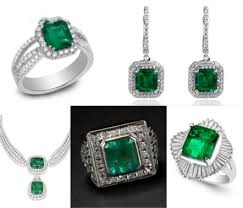
Because of their brittleness and common inclusions, emeralds require special care:
- Cleaning: Use lukewarm water, mild soap, and a soft brush. Never use ultrasonic or steam cleaners.
- Storage: Store separately in a soft pouch or lined box to avoid scratches.
- Wear with Caution: Avoid heavy impact or exposure to strong chemicals like alcohol or bleach.
- Maintenance: Have your emerald jewelry professionally cleaned and checked at least once a year.
With proper care, emeralds can retain their beauty for generations.
Investing in Emeralds
Emeralds are not just symbols of love and prosperity—they’re also assets with long-term investment value:
- Colombian emeralds are especially prized by collectors and auction houses.
- Unenhanced emeralds (with no clarity treatment) command the highest premiums.
- Historical and vintage emerald pieces from recognized brands or time periods can appreciate significantly.
If you’re considering emeralds as part of your investment portfolio, always purchase from reputable dealers and insist on certification.
Emeralds are more than just visually striking gems—they are emblems of prosperity, renewal, and emotional wisdom. Their vibrant green hue captures the essence of nature’s energy and symbolizes the fullness of life itself. From ancient temples to modern jewelry boxes, emeralds continue to inspire and uplift with their powerful beauty and profound symbolism.
Whether you’re drawn to emeralds for their spiritual resonance, historical prestige, or aesthetic appeal, these green gems remain timeless treasures. By choosing and caring for an emerald mindfully, you invest not only in beauty but in meaning that can be cherished for a lifetime.


